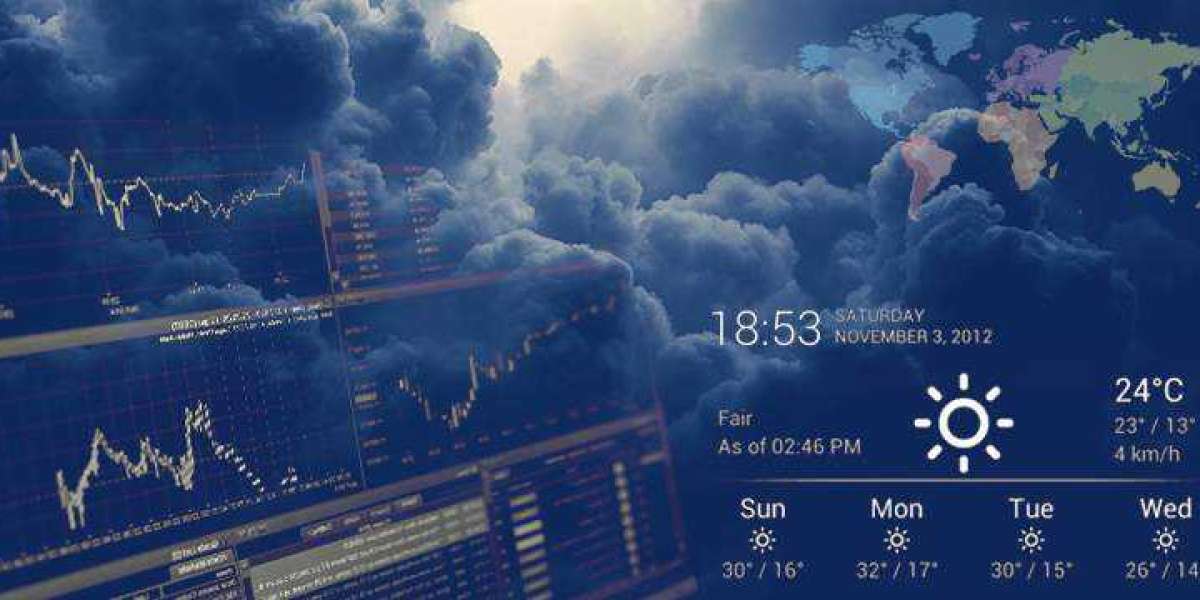This article was originally published by msnho.com. Read the original article here.
Historical weather data is a valuable resource for various industries and individuals, from farmers and insurers to city planners and climate scientists. It provides insights into past weather patterns, which can be used to estimate future weather events, assess risk, and inform decision-making. This article will explore the value of historical weather data and its various applications.
Understanding Past Weather Patterns
Historical weather data is essential for understanding past weather patterns, such as temperature fluctuations, precipitation levels, and severe weather events. By analyzing this data, meteorologists can identify long-term trends and anomalies, which can help predict future weather patterns. For example, suppose historical temperature data shows that temperatures in a particular region have increased steadily over the past decade. In that case, meteorologists can use this information to predict future temperature increases and associated impacts, such as more frequent heatwaves and droughts.
Risk Assessment and Management
Historical weather data is also useful for assessing and managing risk. For instance, insurers can use historical weather data to determine the likelihood and potential impact of weather-related events, such as hurricanes, floods, and wildfires. This information helps insurers price policies accurately and adjust their risk exposure to prevent losses. Similarly, based on past weather patterns and expected outcomes, farmers can use historical weather data to make decisions about crop selection, planting, and harvesting.
Planning and Infrastructure Development
Historical weather data is also critical for city planners and engineers. They use this data to design and construct infrastructure that can withstand weather-related stressors like extreme temperatures, precipitation, and storms. For example, this can help determine the size and capacity of drainage systems, flood barriers, and transportation networks. City planners can also use this information to plan for climate change impacts, such as sea-level rise, heat waves, and extreme weather events.
Research and Climate Science
Historical weather data is a treasure trove of information for researchers and climate scientists. They use this data to better understand past climate patterns, natural variability, and long-term trends. For example, historical temperature data can be used to determine the rate of temperature increase over time, identify the causes of temperature changes, and assess the consequences on the environment and society. Climate scientists also use historical weather data to develop climate models, which can help predict future climate scenarios and guide policy decisions.
Accessing Historical Weather Data
Several sources of historical weather data include government agencies, research institutions, and private weather services. The National Oceanic and Atmospheric Administration maintains a comprehensive database of weather data dating back to the 19th century. This publicly available data can be accessed through the NOAA Climate Data Online system.
Summing up
Historical weather data is an invaluable resource for various industries and individuals. It provides critical insights into past weather patterns that can be used to make predictions, assess risks, and inform decision-making. Therefore, utilizing historical weather data is crucial for a future that is more robust and sustainable. To get information about historical weather report, consider AWIS Weather Services. For detailed information, visit their website- Awis.com.








